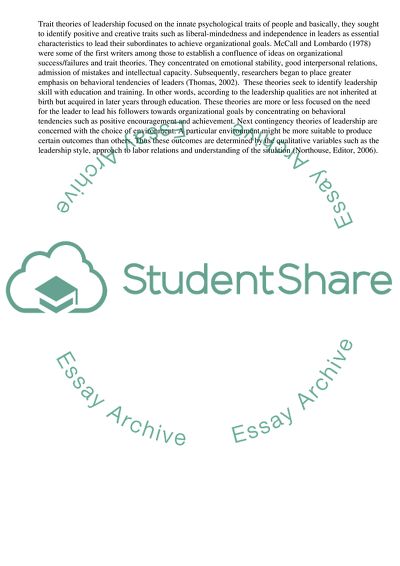Cite this document
(Leadership Perspectives and Roles at Central Junior School Case Study, n.d.)
Leadership Perspectives and Roles at Central Junior School Case Study. Retrieved from https://studentshare.org/management/1724802-case-study-critical-analysis-of-leadership-in-action
Leadership Perspectives and Roles at Central Junior School Case Study. Retrieved from https://studentshare.org/management/1724802-case-study-critical-analysis-of-leadership-in-action
(Leadership Perspectives and Roles at Central Junior School Case Study)
Leadership Perspectives and Roles at Central Junior School Case Study. https://studentshare.org/management/1724802-case-study-critical-analysis-of-leadership-in-action.
Leadership Perspectives and Roles at Central Junior School Case Study. https://studentshare.org/management/1724802-case-study-critical-analysis-of-leadership-in-action.
“Leadership Perspectives and Roles at Central Junior School Case Study”, n.d. https://studentshare.org/management/1724802-case-study-critical-analysis-of-leadership-in-action.


